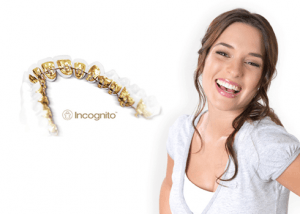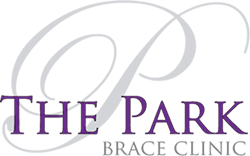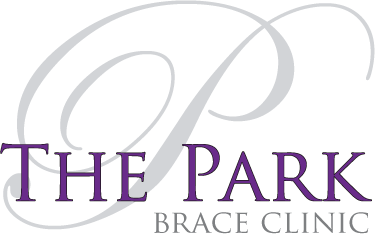Short guide to Lingual (Incognito) Braces
Lingual Braces attach to the inner surface of the tooth inside the mouth where they cannot be seen. Being attached to the inside and not to the front (like ‘train tracks’) means they are inconspicuous so you won’t feel self-conscious about wearing them. They are also custom made for each patient following a treatment plan and are able to correct all types of incorrect tooth positions.
Lingual braces can be worn by all age groups, from children, adolescents and adults. Success can be achieved in a very short time – from as little as 3 months. Due to their inconspicuous nature, they are often chosen over fixed braces (or ‘train tracks’) and will allow you to act more naturally and maintain confidence, both at work and in social situations.
 Why are they called ‘Lingual (Incognito) Braces’?
Why are they called ‘Lingual (Incognito) Braces’?
By lingual, this refers to the brackets being contoured and attached to the lingual (tongue-side) surfaces of your teeth. This provides our patients with optimal comfort and minimal interference with your speech after a very short period of time.
‘‘Incognito’ refers to the specific brand of LIngual Braces we use – you can find out more at the Incognito website, www.hiddenbraces.co.uk.
How long will it take to straighten my teeth using Lingual Braces
Treatment times vary depending on complexity and they can take 3 months in simpler cases and 18 months in more complex ones.
What is the procedure for fitting the Lingual Brace system?
On your first visit, we will take impressions of your teeth using a mould. We then send the mould to a laboratory where customised brackets for each tooth are made. To keep the brackets in shape, they are set in wax and kept in a plastic applicator.
On your next visit, we will apply cement to the back of your teeth, cement the brackets in place and then install the arch wire which pulls the teeth gently into place.
What about eating?
You should be able to eat normally but some foods / sweets won’t be allowed such as toffees or chewing gum. You should also avoid hard foods like apples and crusty hard bread.
Is it easy to talk wearing Lingual braces?
Lingual braces can affect your speech but the vast majority of people will very soon adapt and speak normally.
How can lingual braces straighten my smile?
- Close gaps and spaces
- Uncross teeth which are already crooked
- Move teeth forwards and backwards
- Move teeth up and down
- Rotate teeth which are facing the wrong way
Will it be painful?
For the first two weeks after your braces are fitted, your tongue, lips and teeth may be a little bit sore, in the same way that they would be with traditional braces. You will be given instructions as to how to care for and adjust to your new braces.
What about cost?
Lingual braces are more expensive than traditional braces as the procedure involves more advanced training and customisation in order to fit. It is not possible to set a definite fixed cost for each patient which is why we offer a free consultation which will allow us to assess your individual circumstances and requirements. We will then be able to provide a treatment plan and quotation for treatment.
Arrange a free consultation
You can arrange a free consultation with Stacey, our Treatment Co-coordinator. She’ll run through the various treatment options and give you an idea of the costs as well as your finance options. You will also have the chance to meet our friendly team and ask any questions you may have. If you have any questions, please give our friendly team a call on 01332 408025 – we’d be more than happy to help.


